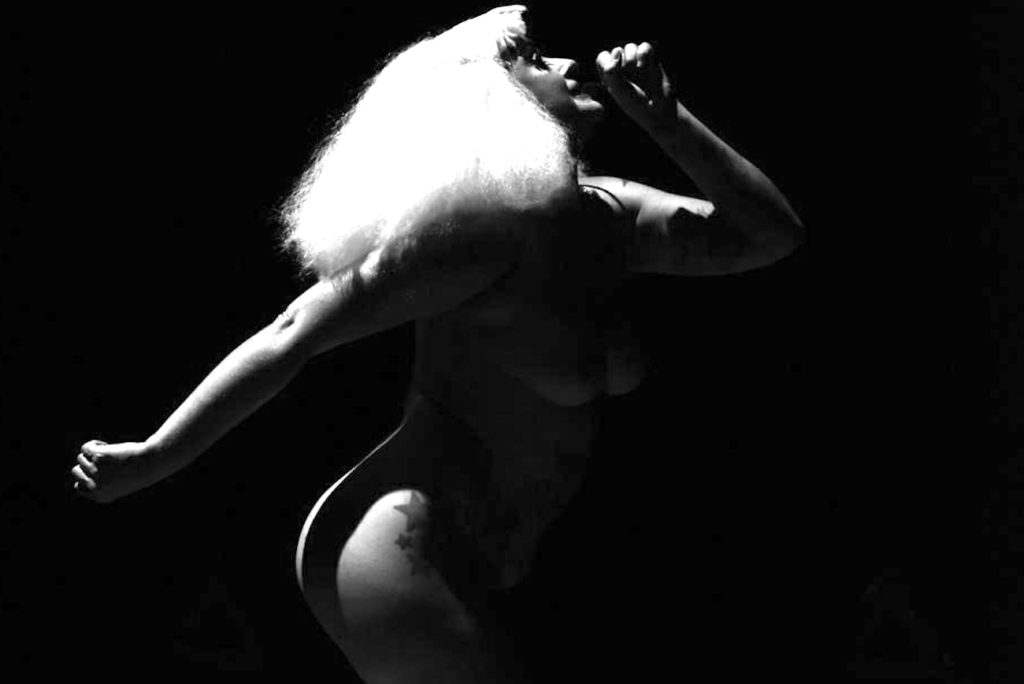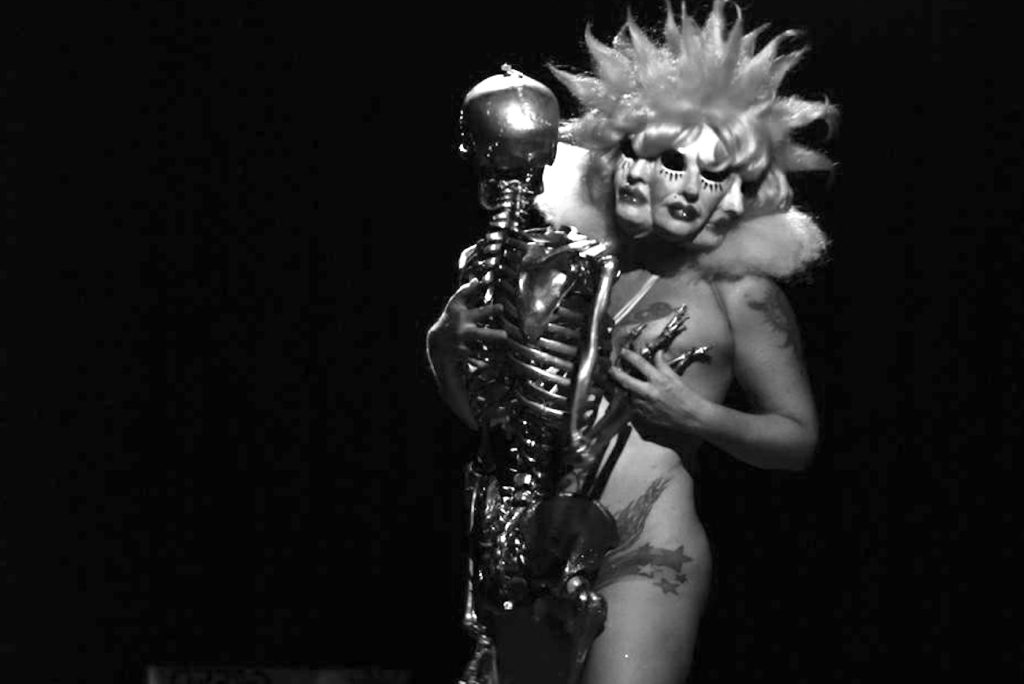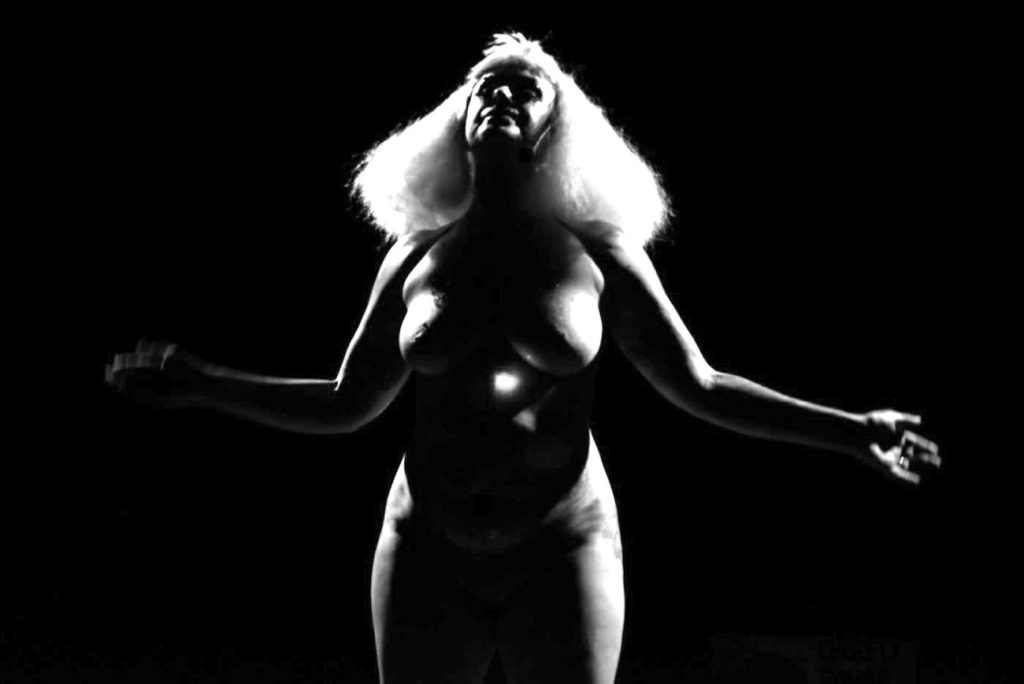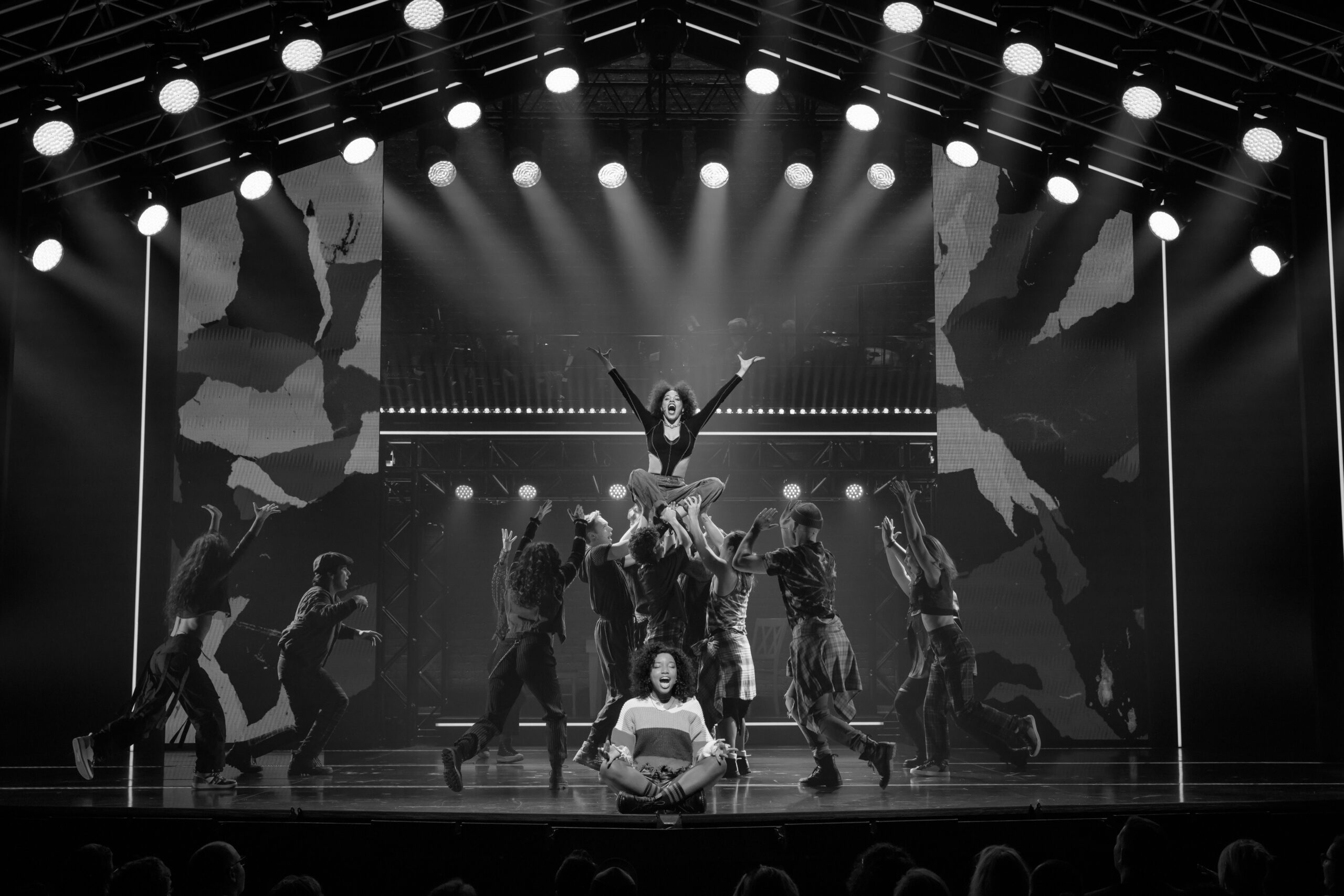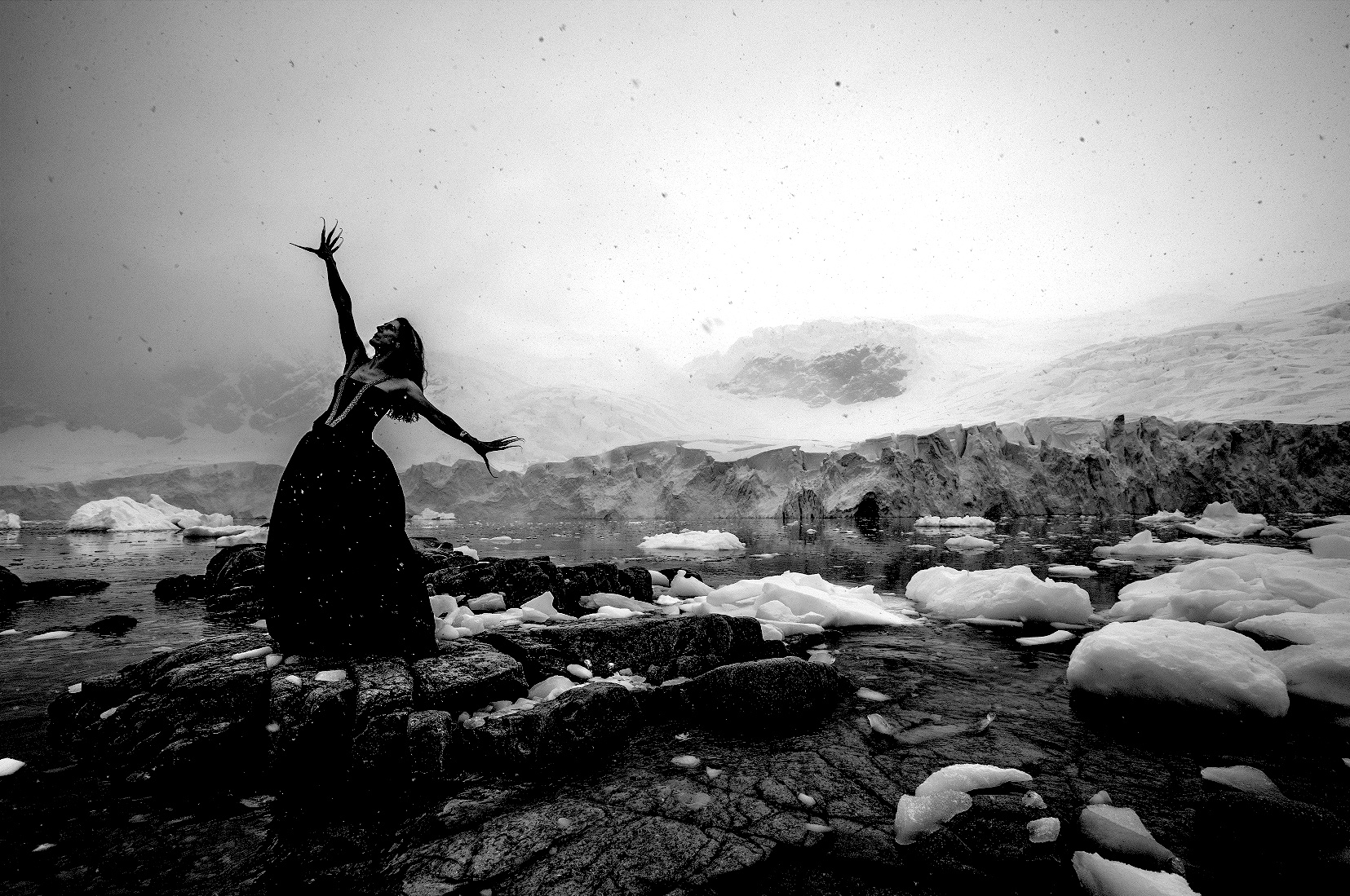BODY MAP
The body politics is something that we really have not moved on from, since it became apparent in the nineties that we had serious issues around what we deem as acceptable and not acceptable for women but also, to a lesser degree, for men too. So, any work that tackles these issues head on, with no apology, is a breath of fresh air, and one which indeed deserves an audience. This is Body Map, and its creator is Glitta Supanova.
In a tight, one hour-long show we delve deep into both the personal and the political as we uncover and lay bare such contentious issues as plastic surgery, cosmetics, and the pressure to fit within a certain cast type so that we can feel comfortable in our own skin. Using humor as a device and, to its full potential, these uncomfortable home truths are soon aired in a way that each audience member warms to and is drawn inward into this performance and its a defiant and successful “fuck you” to the corporations and media outlets that tell us what we should and should not look like.
However, as with all good cabaret, audience participation does not stop here: not one but three moments arise where witnesses become active participants within the work, but what is different here is that they are not just used as props or cheap gags, but instead serve as strong connections with the source material. As the performance continues it turns from reflective to all the more personal as Glitta bares all and speaks openly about her own personal battle with cancer.
Hailing from Sydney there are a number of moments that make the audience yearn to have been in this city at what many have and still consider to be a golden era: it was the 90s and it was long before gentrification took hold of the inner city and turned warehouses that were once strong holds for artists and creative types into multi million dollar apartments. On this note, we must also reflect upon how Melbourne has in recent years noticed a similar down turn in inner city areas. Relating to performance and art, what do such transitions mean, particularly for work such as Body Map, that has such important points to make, do we value art and space in which artists can create and present more or less than property value? The similarities between this and our bodies is striking and can not be overlooked.
For a show presented at Butterfly Club this performance is also high on production values, making the most of what is available at hand: surrealist dance routines emerge from darkness, then fold back into spoken word, all together it is a heady mix and creates a rhythmic pace that takes the performer and audience through till the final moments. Costuming is also on point, providing some brilliant if not grotesque moments of brilliance to emerge. Glitta Supanova, though not alone in this class of uber political performance artists, with Yanna Alanah and Betty Grumble also working within these contexts and concepts, is in league of her own, top notch, brilliant and unapologetic- with good reason.
The world needs art, more than we need our bodies be plucked and preened to non existence, and more than we need ritzy real estate, art is what feeds the soul, allows us to ask difficult questions, and above all, art is what keeps us real and keeps us grounded. This work, a fine example of how art and performance can and indeed should be used to push positive messages and smash the patriarchy.

